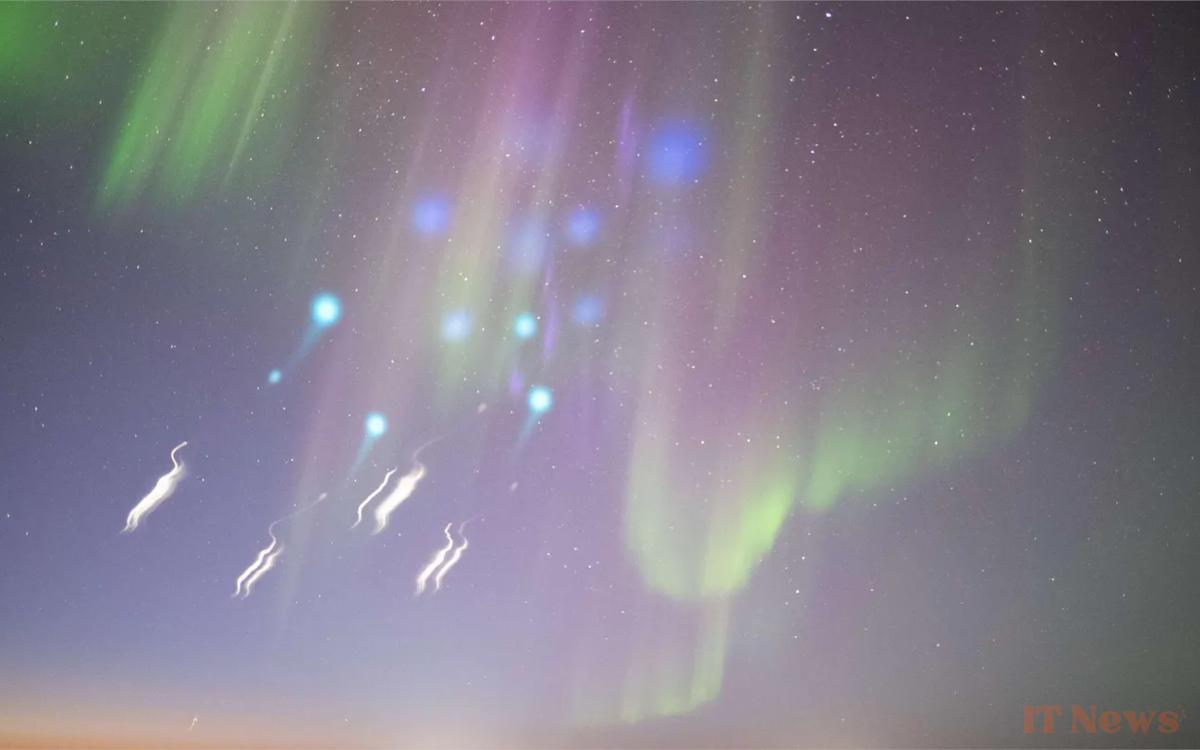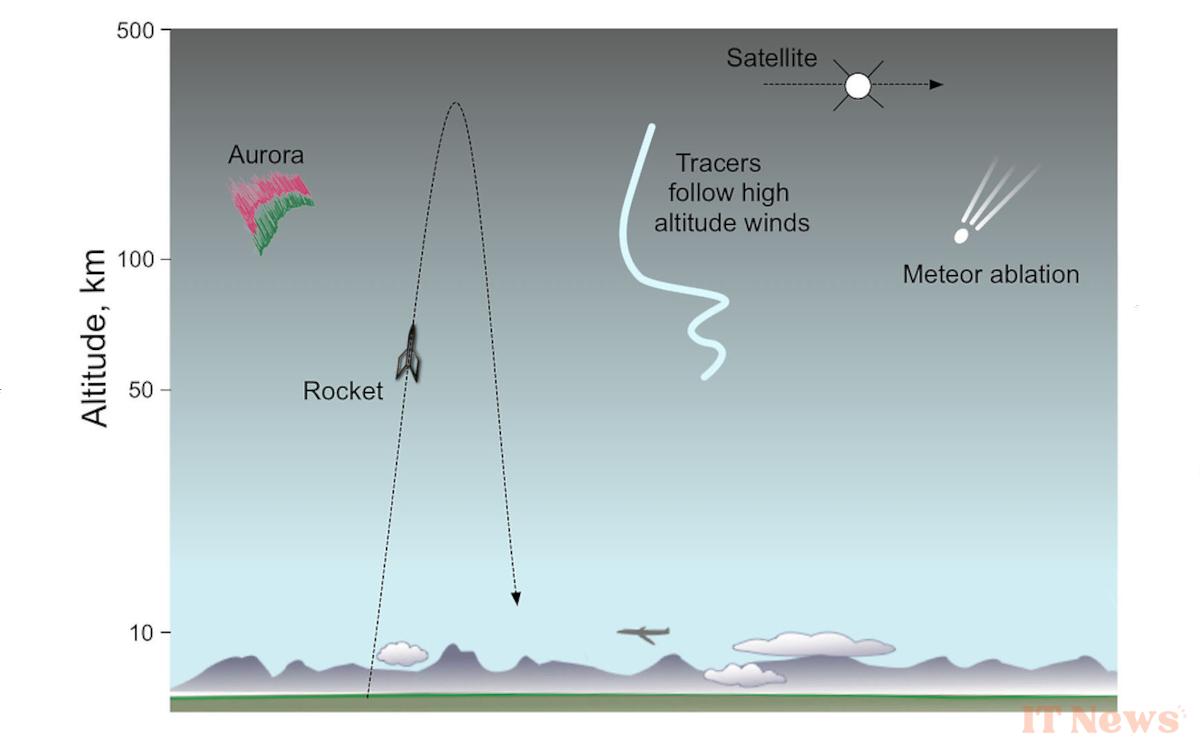NASA has created a spectacle as astonishing as it is scientific. By launching rockets into the heart of the Northern Lights, it has illuminated the sky with colorful clouds. A visual project, but above all useful for better understanding our atmosphere.
The Aurora Borealis have always amazed us. But behind these dancing lights lie complex phenomena, still poorly understood by scientists. As solar storms increase, researchers are seeking to better predict the Sun's effects on our planet. It is in this context that NASA decided to conduct a unique experiment through one of the most beautiful windows in the sky: Alaska. On the night of March 25, 2025, two rockets were launched from the Poker Flat base, north of Fairbanks. The operation is part of the mission called AWESOME, led by the University of Alaska Fairbanks. These craft crossed the aurora borealis, releasing clouds of gas visible from the ground, called tracers. Their movement in the atmosphere allows scientists to measure winds and the flow of charged particles in the upper atmosphere.
NASA creates colorful clouds in the auroras to better understand the atmosphere
The The first rocket, a 12-meter Terrier-Improved Malemute model, opened the ball, followed by an imposing Black Brant XII of more than 20 meters. Both released light tracers as well as pressure sensors at different altitudes. One of the objectives was also to analyze the magnetic disturbances generated by the auroras. The data was collected from several stations spread across Alaska, including Utqiagvik, Eagle, Venetie, and Kaktovik. Each station filmed the sky from a different angle, allowing for a complete reconstruction of the phenomenon.
These experiments are used to better understand the impact of auroras on the Earth's thermosphere, an upper layer of the atmosphere. By observing how their energy disrupts the air and the magnetic field, researchers hope to improve space weather forecasts, which can interfere with satellites and communications. A third rocket is still planned before April 6, weather and technology permitting. In the meantime, these images captured in the Arctic sky remind us that science can sometimes be beautiful, especially when it transforms space into a luminous canvas.
Source: NASA





0 Comments